Everyone we met (and asked) in Croatia raved about Plitvice Lakes National Park. Everyone seemed to think that it was one of the absolute highlights of a visit to Croatia—if not the one main highlight. And every guidebook I opened seemed to be saying the same thing.
Needless to say, we were really looking forward to visiting Plitvice Lakes. It was our last destination in Croatia—kind of in the spirit of “saving the best for last.”
Before I start talking about our visit, let me take some time to share some more info about the national park.
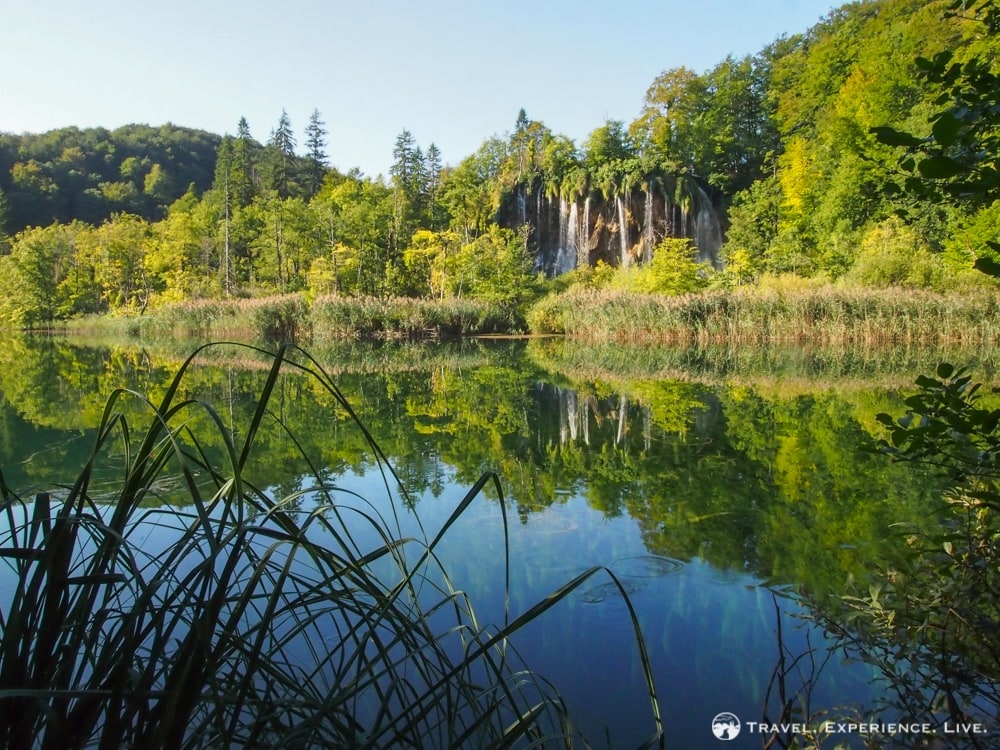
Plitvice Lakes National Park Background Information
Founded as early as 1949, Plitvice Lakes National Park is Croatia’s largest national park. It encompasses a wide variety of landscapes, from mountains and dense forests to river systems and caves. Its most important and well-known feature, however, is its lakes and waterfalls. The lakes of Plitvice are famous around the world for their terrace-like arrangement. All sixteen lakes are situated at a different level and flow into one another via a series of cascades.
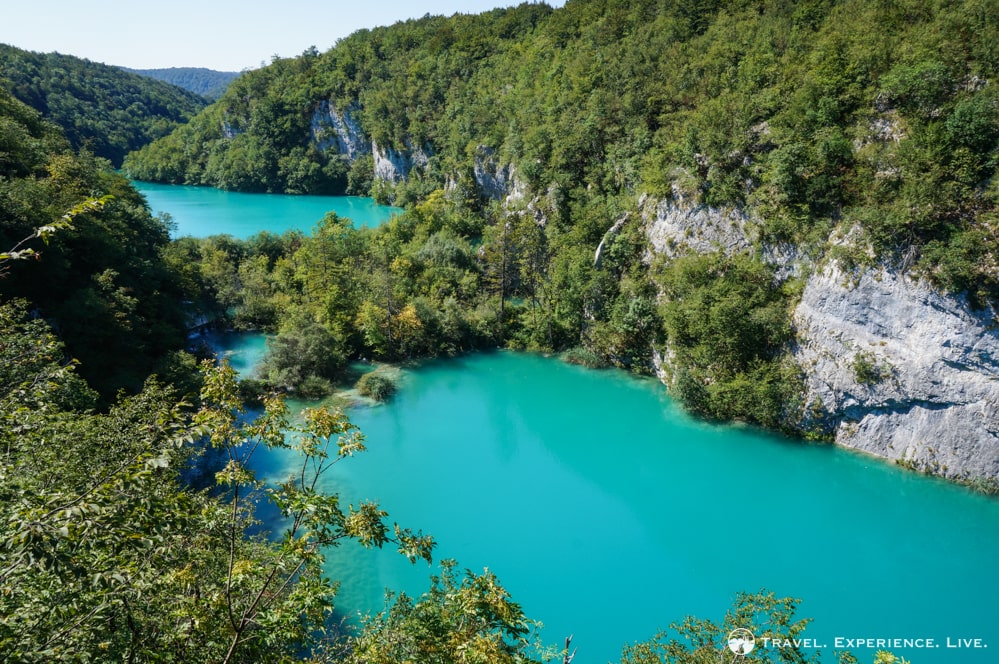
The Plitvice lakes are what they are because of their position at the confluence of several aboveground rivers and underground karst rivers. For many thousands of years, those rivers have flowed over and even through limestone and chalk, depositing a substance known as travertine as they made their way downhill. This travertine eventually created natural barriers and dams, which in turn began slowing down the rivers. This continued until the rivers became lakes—the water of those lakes isn’t still, though, as it still flows from one lake into the one below via spectacular waterfalls.
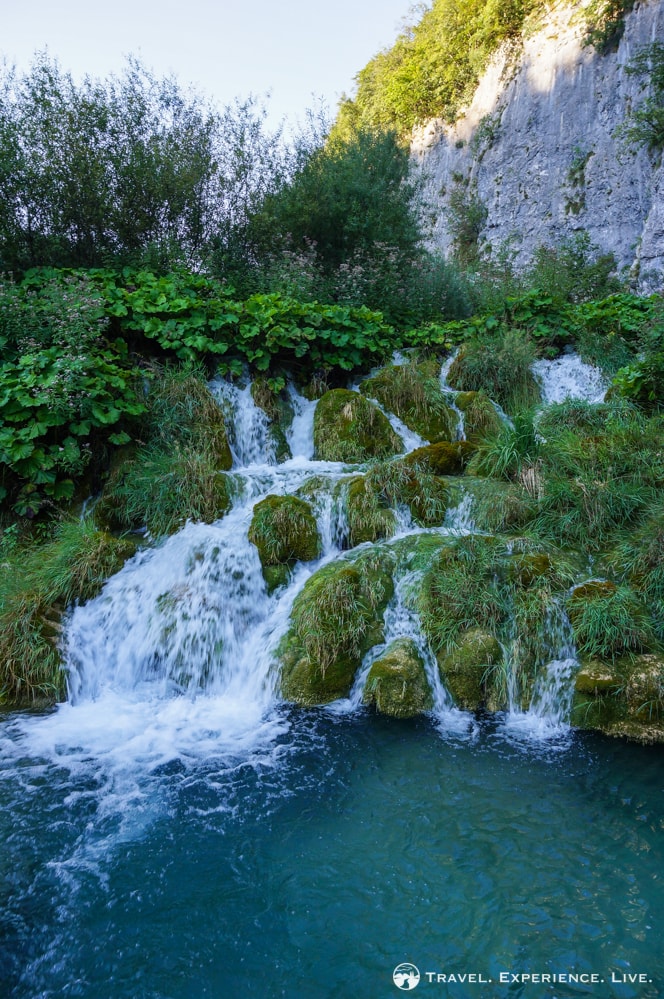
Not only do the minerals in the water keep on building barriers and fortifying already existing natural dams; they also keep the lakes’ water incredibly clear. The water in Plitvice Lakes National Park is, honestly, the clearest and cleanest water I have ever seen.
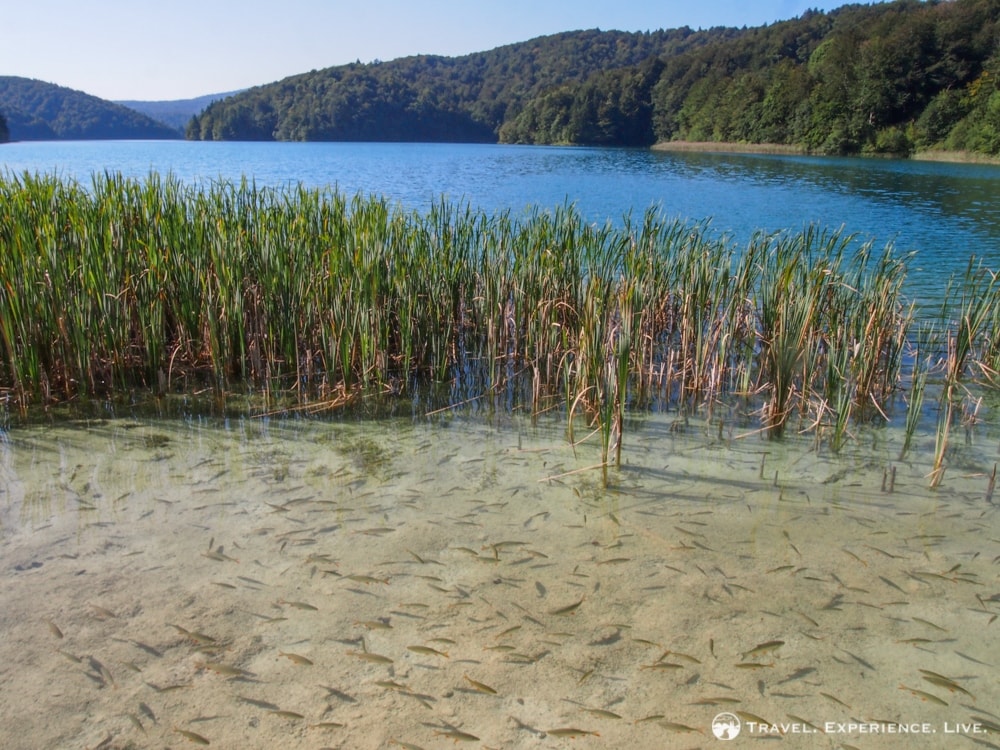
Further reading: A Morning in Krka National Park, Croatia
When looked at from a distance, the lakes of Plitvice appear to have colored water—from blue to green to grey, the water’s colors change depending on the time of day, the organisms in the water and the abundance or lack of certain minerals.
It is this combination of unique geological features such as natural dams, underground karst rivers, caves and cascading lakes, and a wealth of fauna and flora that encouraged UNESCO to declare Plitvice Lakes National Park a World Heritage Site in 1979.
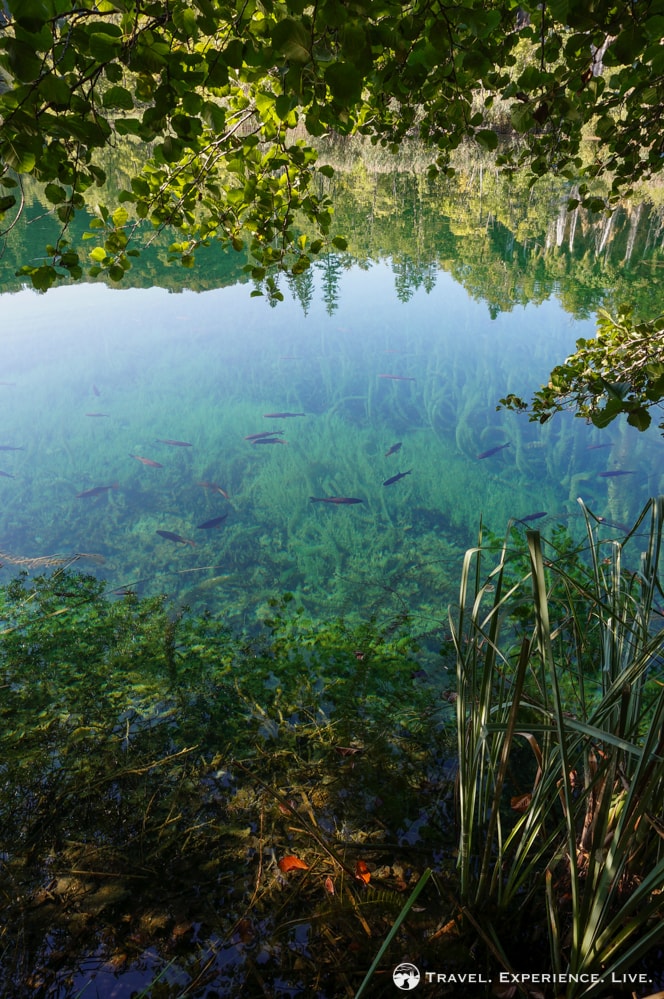
Although the waterfalls are by far the main highlight of the park, it is much more than that. It is, for instance, home to some of the last remaining primeval forests in Europe—forests in which bears and wolves dwell. Many rare species of bird call the park home as well, and the number of plant species is huge—there are 55 species of orchids alone. The lakes, the one and only major attraction, make up merely 1% of the park’s surface, but draw in the overwhelming majority of visitors.
Visiting the Lakes and Waterfalls
Parts of the forests and some caves can be explored, but it is the lakes and waterfalls that you should come to see. The lakes are divided into two sections—the Lower Lakes and Upper Lakes—that are connected by hiking trails and a ferry. Although it is possible to hike from one section to the other, there isn’t much to see on the way. I would therefore suggest hopping on the ferry to get from one section to the other. The ferry is included in the entry ticket, as is the shuttle bus that commutes between a few focal points in the park.
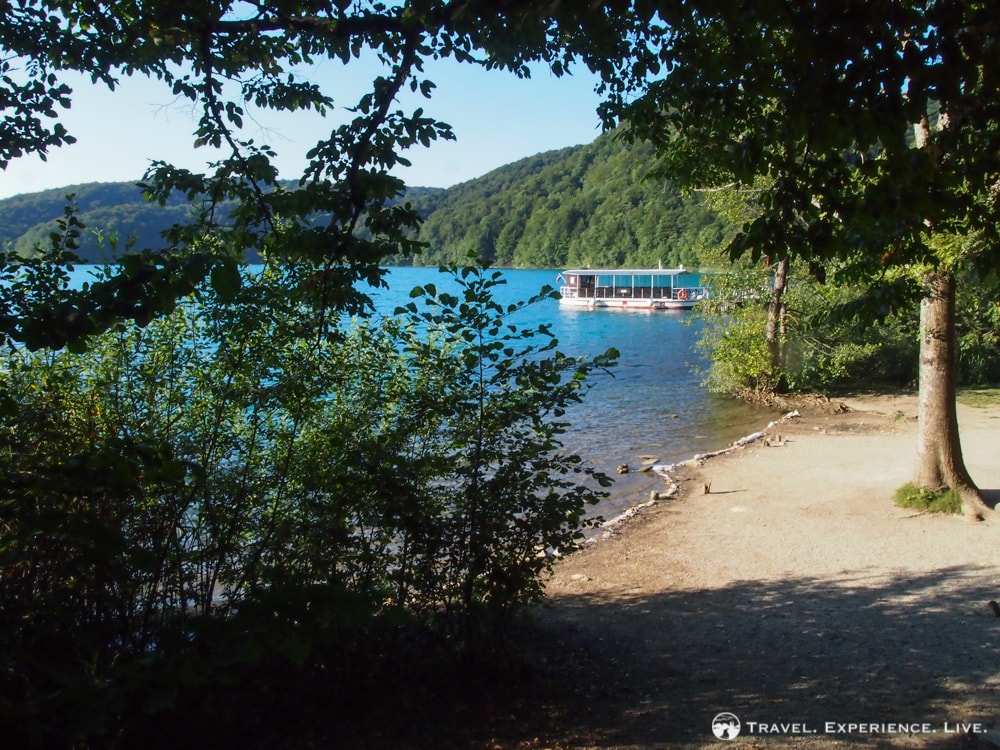
This brings us to the price of the tickets. Prices vary depending on the time of year you would like to visit, your age, and if you’re with a group, the size of it. To avoid making things needlessly complicated, I will only say that in the high season—July through August—one ticket for an adult costs 180 Kuna. The ticket is valid for one day and, as mentioned above, includes transportation by ferry and bus.
There are two entrances to Plitvice Lakes National Park, appropriately named Entrance 1 and 2. I would strongly recommend entering via Entrance 1, which is near the Lower Lakes.
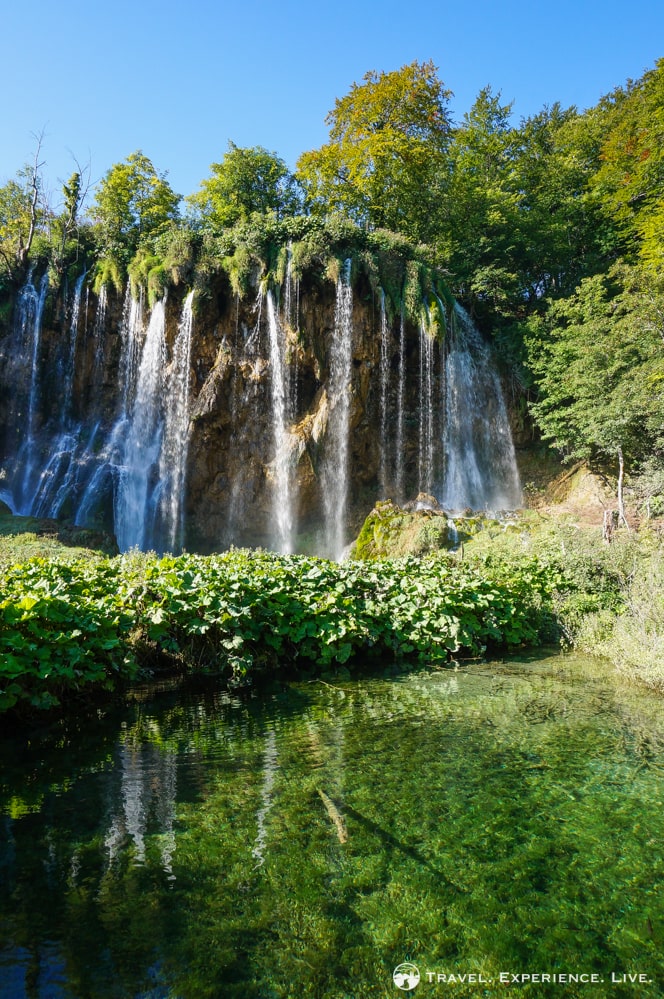
From Entrance 1, you can then explore the Lower Lakes first, before hopping on the ferry across large Lake Kozjak and hiking around the Upper Lakes. The main reason why I’d suggest visiting the Lower Lakes first is that this route runs slightly uphill and allows you to face the waterfalls as you approach them. It’s way more scenic than hiking downhill, following the water’s current.
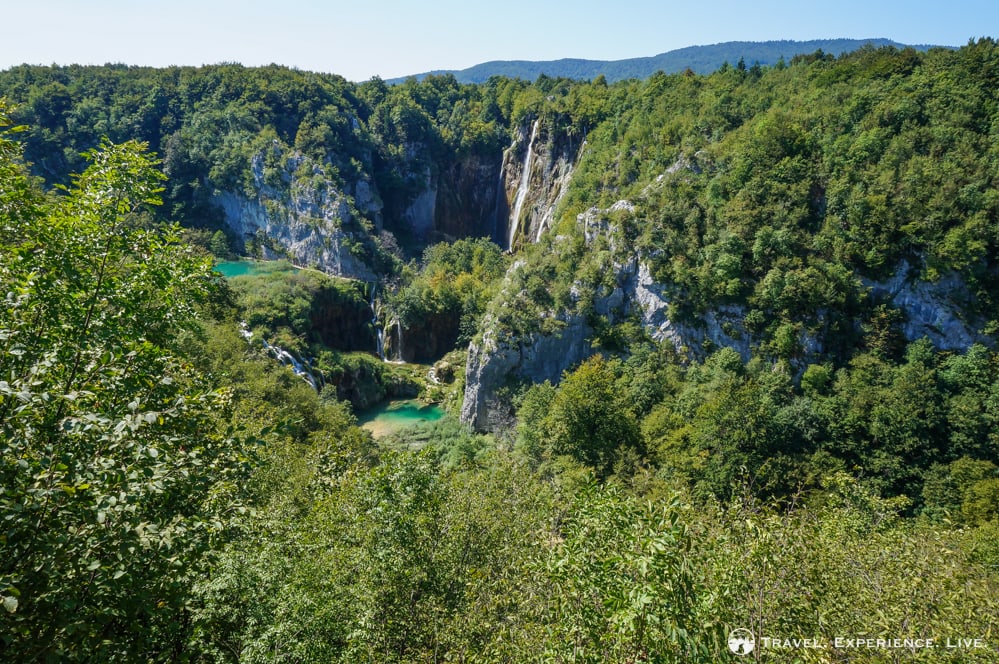
Further reading: Istria Highlights – Rovinj & Motovun
My suggested route is as follows:
Entrance 1 – Lower Lakes – Ferry – Upper Lakes – Shuttle Bus – Walk Back to Entrance 1 along the Canyon’s Ridge
I do have to say that, although you get a map of the park when buying a ticket, the hiking routes aren’t always well marked. There are several signposted hiking trails, but the signage can be confusing sometimes. Luckily, this doesn’t really matter—the area is so beautiful that no matter where you go, there will always be something worth seeing.
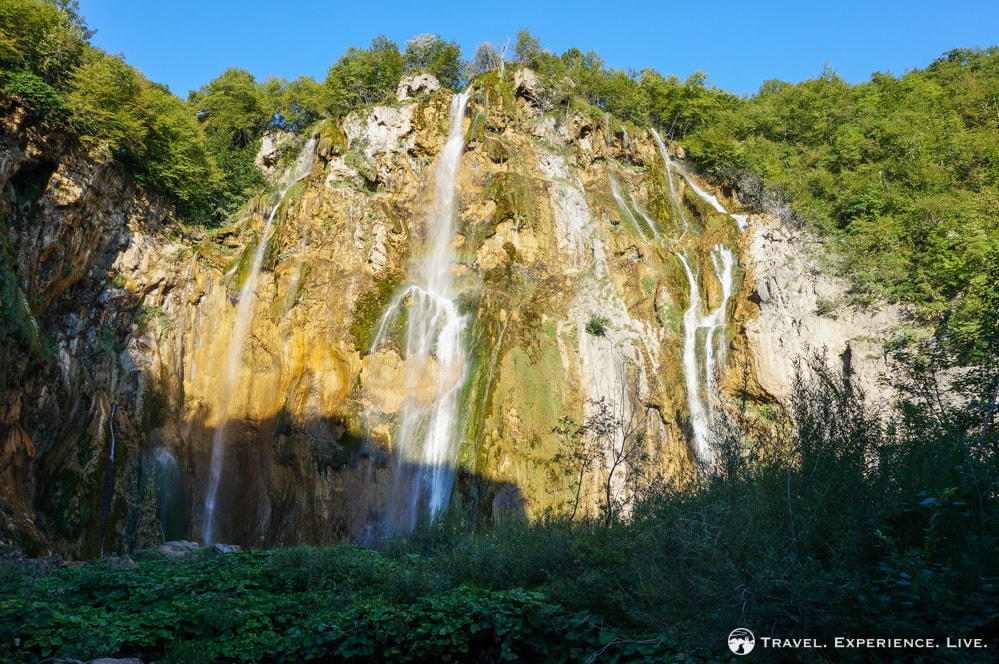
We hiked the “H trail”, which almost exactly follows my above-described route. The trail is approximately 9 kilometers (5.6 miles) long and takes around 5 hours to complete, including plenty of photo stops and a food break.
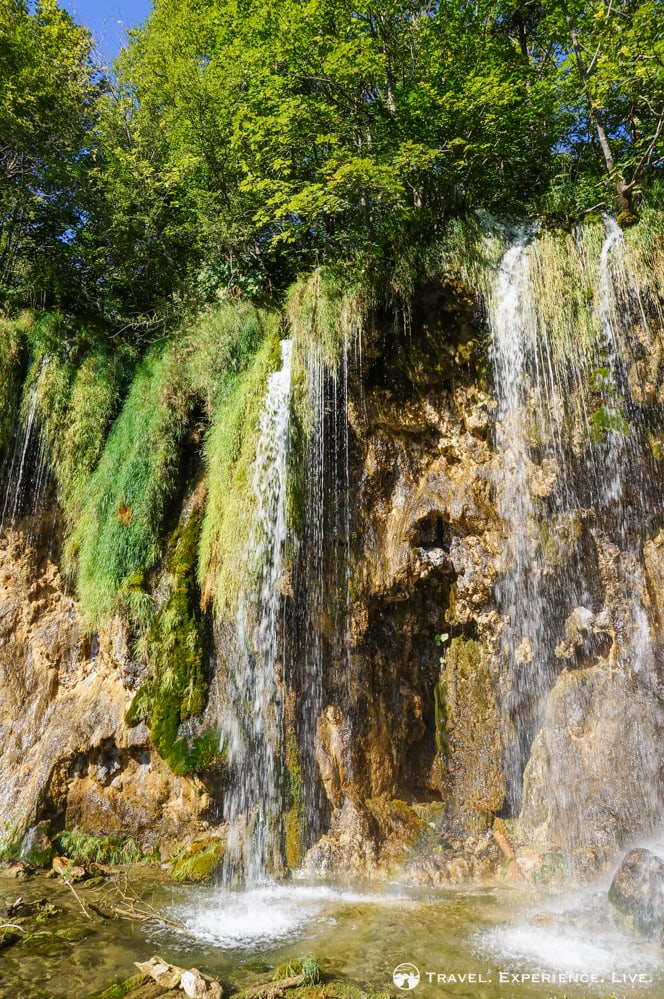
Food, as well as toilets and souvenir stands, is found at a few places in the national park. Those places are well-marked on your map and are also stopping points for the shuttle buses. Visiting Plitvice National Park is pretty easy!
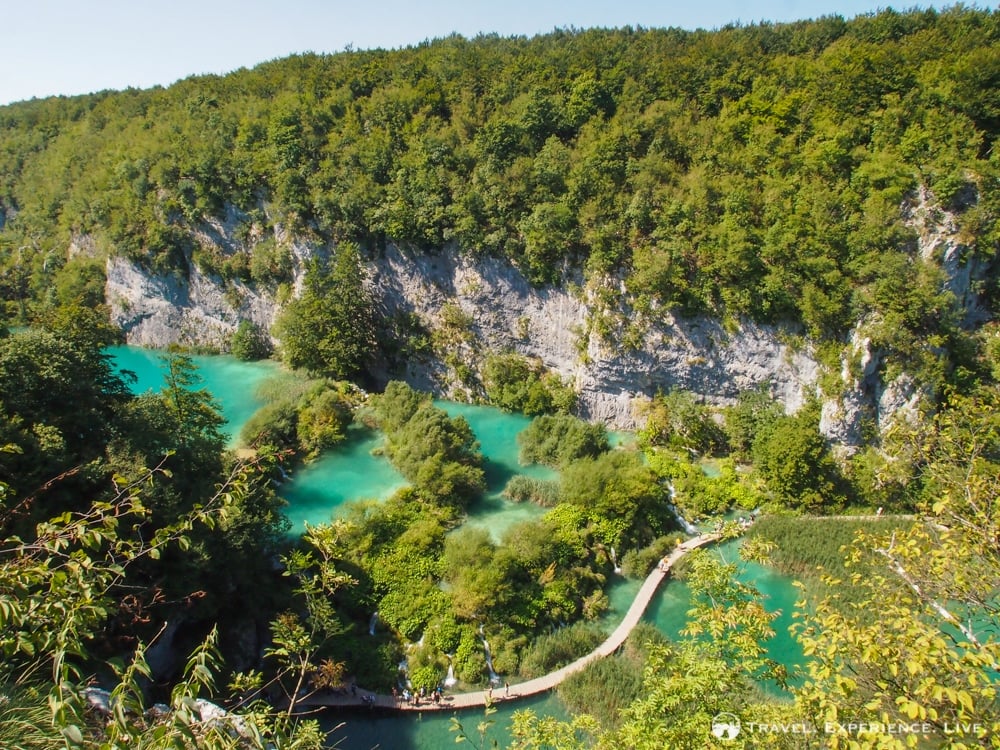
Arrive Early!
To finish off, I would like to share one last, but super-important, tip.
Absolutely, definitely make sure to arrive at the park as early as possible (read: before the tour buses arrive). We got in around 7.15am, 15 minutes after the park opened, and it was gloriously quiet. Save for the odd early hiker, we were pretty much all alone during our hike around the Lower Lakes. I can’t stress enough how important it is to get there early. There are countless guesthouses in the towns surrounding the national park that make for excellent places to stay the night before. We stayed at Guesthouse Abrlic, a locally owned guesthouse a 15-minute drive from Entrance 1 that we found through Airbnb.
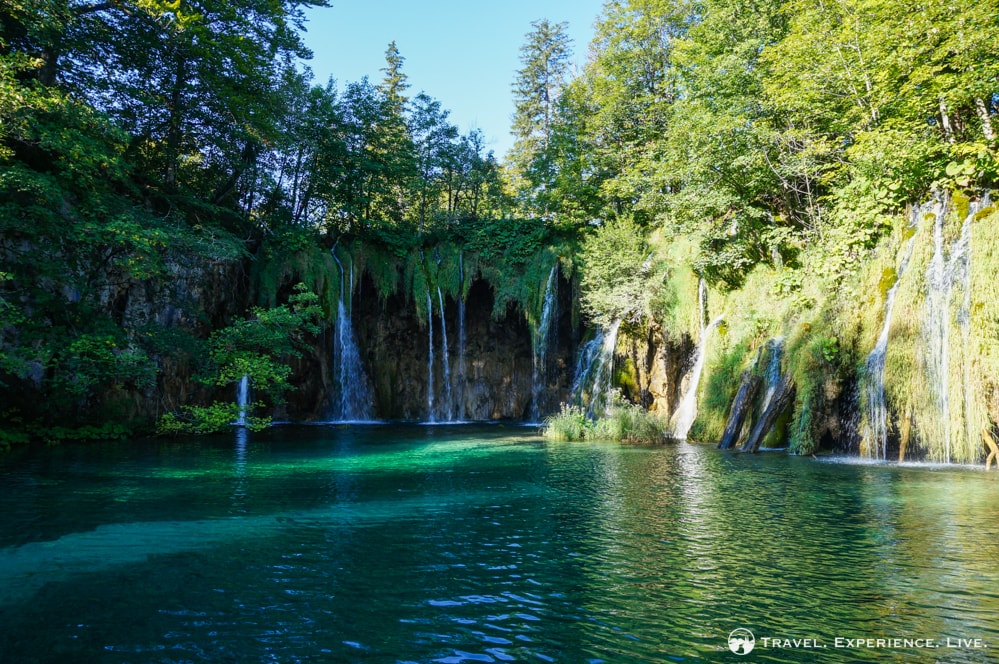
You can find much more information about Plitvice Lakes National Park on their website.
Our tickets to Plitvice Lakes National Park were provided by the Croatian National Tourist Board. All opinions are, as always, my own.
